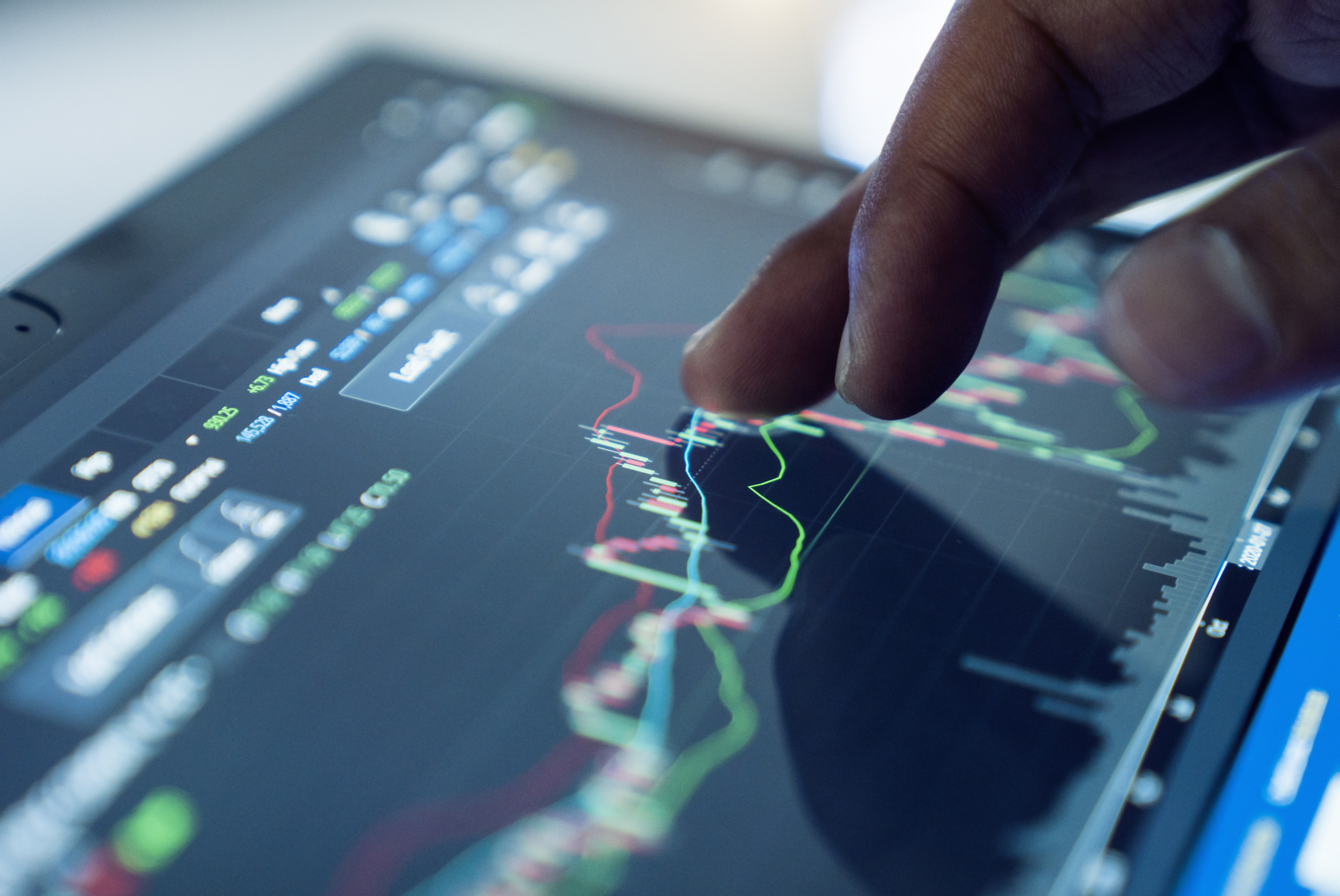Oil is heading for a bear market – again
Oil’s recovery seems to be sputtering out. John Stepek looks at what a fresh slide in the oil price could mean for monetary policy, the economy, and for you.


The oil price is heading into bear market territory again.
Both key benchmarks WTI (West Texas Intermediate the US benchmark) and Brent crude are down by nearly 20% from the highs they set in June.
Now, you won't catch me complaining about falling oil prices. I prefer petrol prices to go down or at least stay flat, rather than rise.
MoneyWeek
Subscribe to MoneyWeek today and get your first six magazine issues absolutely FREE

Sign up to Money Morning
Don't miss the latest investment and personal finances news, market analysis, plus money-saving tips with our free twice-daily newsletter
Don't miss the latest investment and personal finances news, market analysis, plus money-saving tips with our free twice-daily newsletter
But it's worth noting that the market as a whole has seemed rather more comfortable with stable, rather than falling oil prices.
So it's worth asking what sort of knock-on effect a fresh oil crash might have
The oil recovery sputters out
Just when oil companies thought they were out of the woods, some might be starting to feel jittery again.
For example, BP just reported its second quarter results. It missed analysts' expectations, although it was an improvement on last quarter. The company also added on debt it's more in debt than it has been in at least 16 years, one Banco Santander analyst told Bloomberg.
Basically, BP is borrowing more money and cutting investment to fund its dividend payout. In the long run, the company says, it needs oil to average $60 a barrel to fund investment and to sustain the dividend.
Meanwhile, Shell took a real battering this morning, with its second-quarter profits missing analysts' expectations by more than $1bn. Problems included production shutdowns in Canada and Nigeria, plus weakening refining margins.
Refineries have been buying up cheap oil to take advantage of falling prices. But demand for petrol hasn't kept pace. Indeed, US stockpiles of petrol for the week ending July 15 went up analysts had expected a sharp decline, given that this is the "annual driving season", where Americans hop in their cars and trek off on holiday.
As a result, reports the Wall Street Journal, stockpiles are "near record levels", which has pushed down petrol prices (in the US at least). So the margin between the cost of the oil, and the money refineries can make by turning it into other products, has shrunk.
With all that petrol stockpiled, there's less need for refiners to buy oil. That could hit demand and send prices down again.
That doesn't necessarily mean that crude prices will retest the lows around the $30 level although it might. But as Allen Brooks of PPHB notes in his Musings from the Oil Patch research note, even if the bottom of the cycle has been reached, the question is, "what will be the shape of the industry recovery": a robust bounce-back or a damp squib?
How falling oil prices could keep US interest rates from rising until 2017
Yesterday, the Federal Reserve gave one of its middle-of-the-road assessments of the world. While the Fed will continue to "closely monitor" global developments, "near-term risks to the economic outlook have diminished", suggesting that the Fed isn't quite as stressed about the state of China's economy or the knock-on impact of Brexit as it had been earlier in the year.
One of the FOMC (the Fed's rate-setting committee) even decided to vote for an immediate rate rise. But as we've seen in the UK, during the good months, there's usually one token "hawk" who's willing to vote against everyone else.
In short, the Fed said nothing. It's fairly happy about the way the US economy is going, and there are no obvious market juggernauts set to derail the global economy. But if any come up, you can be sure that the Fed will be ready to take action (or inaction).
After all, as Paul Ashworth of Capital Economics notes (with perhaps a touch of understatement), "in recent years, the Fed has shown itself to be unusually sensitive to any dips in the stockmarket".
The thing is, the Fed is probably already running the risk of "falling behind the curve", and that's very much what it wants to do. The US economy with rising wages and ongoing job gains is doing OK. Certainly better than a 0.5% base rate would suggest. Ashworth reckons that second quarter consumption growth hit 4.5% on an annualised basis "the biggest quarterly gain in a decade".
But if oil prices keep sliding, that could have a knock-on effect as fears over rising defaults in the high-yield bond market grip investors again. And that does make me wonder the Fed's best option for keeping oil prices stable or rising is to weaken the US dollar.
If Japan in particular launches a big stimulus package very soon, then that will make it easier for the Fed to adopt a dovish tone perhaps at Janet Yellen's appearance at the big central bank shindig in Jackson Hole next month.
And if nothing else, the Fed can point to the looming US election as a source of instability. So on balance, I reckon we can forget about a US rate rise until after either President Trump or President Clinton are sitting at the helm.
Apart from anything else, that argues for holding on to gold. As for oil as I said earlier this week, taking profits on the more speculative plays is or was probably a good idea. But there might be some fresh buying opportunities further down the line if the market gets sufficiently scared of another big crash so line up a watchlist.
Get the latest financial news, insights and expert analysis from our award-winning MoneyWeek team, to help you understand what really matters when it comes to your finances.
John Stepek is a senior reporter at Bloomberg News and a former editor of MoneyWeek magazine. He graduated from Strathclyde University with a degree in psychology in 1996 and has always been fascinated by the gap between the way the market works in theory and the way it works in practice, and by how our deep-rooted instincts work against our best interests as investors.
He started out in journalism by writing articles about the specific business challenges facing family firms. In 2003, he took a job on the finance desk of Teletext, where he spent two years covering the markets and breaking financial news.
His work has been published in Families in Business, Shares magazine, Spear's Magazine, The Sunday Times, and The Spectator among others. He has also appeared as an expert commentator on BBC Radio 4's Today programme, BBC Radio Scotland, Newsnight, Daily Politics and Bloomberg. His first book, on contrarian investing, The Sceptical Investor, was released in March 2019. You can follow John on Twitter at @john_stepek.
-
 FCA proposes new ratings system for workplace pension schemes
FCA proposes new ratings system for workplace pension schemesThe City watchdog has proposed new rules to help ensure pension schemes are providing value for money
-
 Fund inflows hit a six-month high in November – where are investors putting their money?
Fund inflows hit a six-month high in November – where are investors putting their money?Investors returned to the financial markets amid the Autumn Budget in November 2025 but caution remains.
